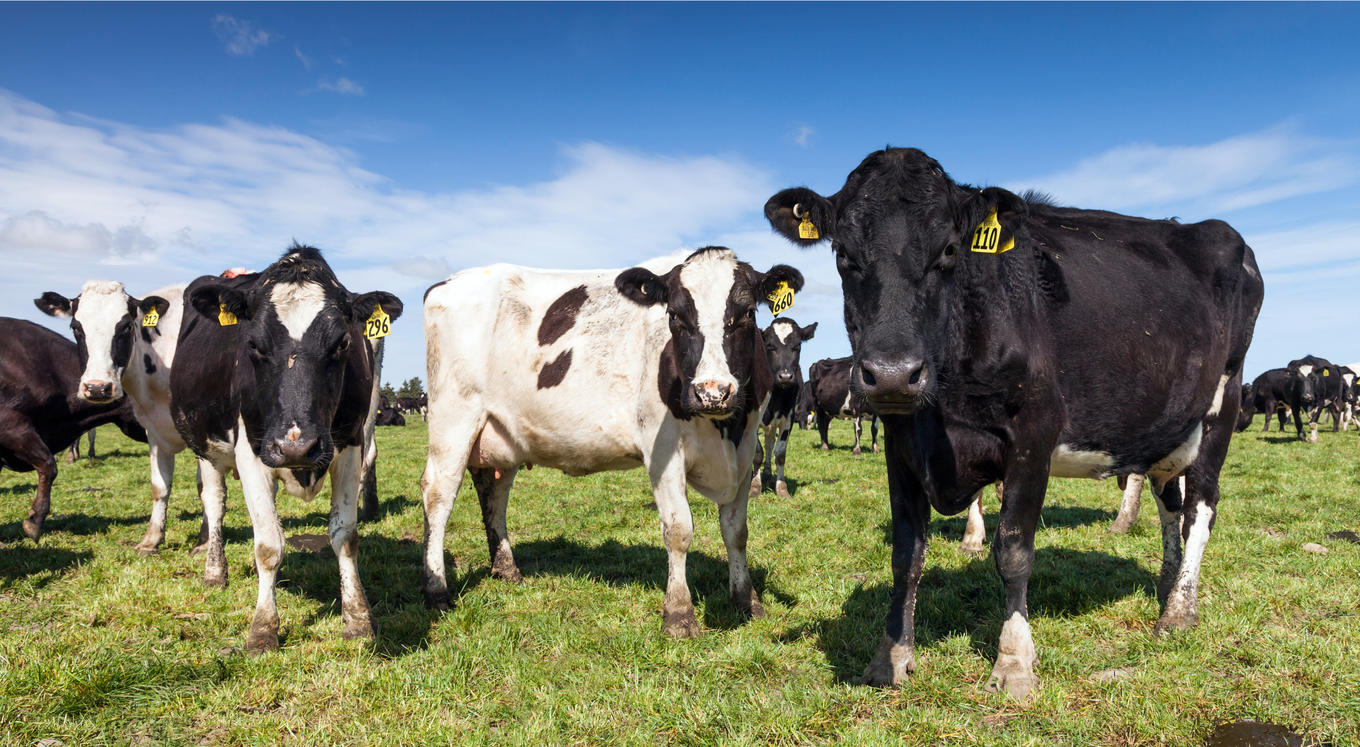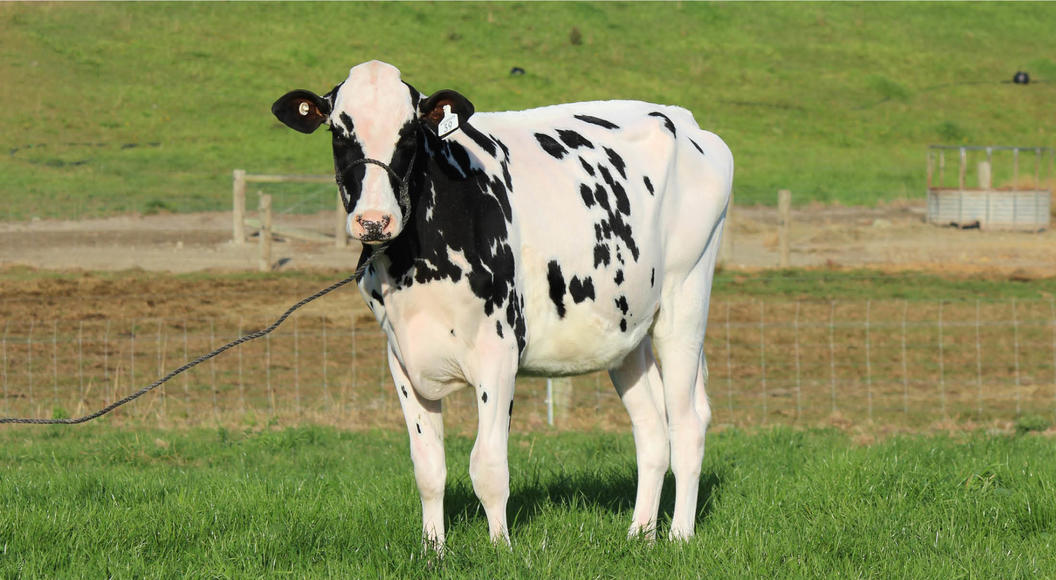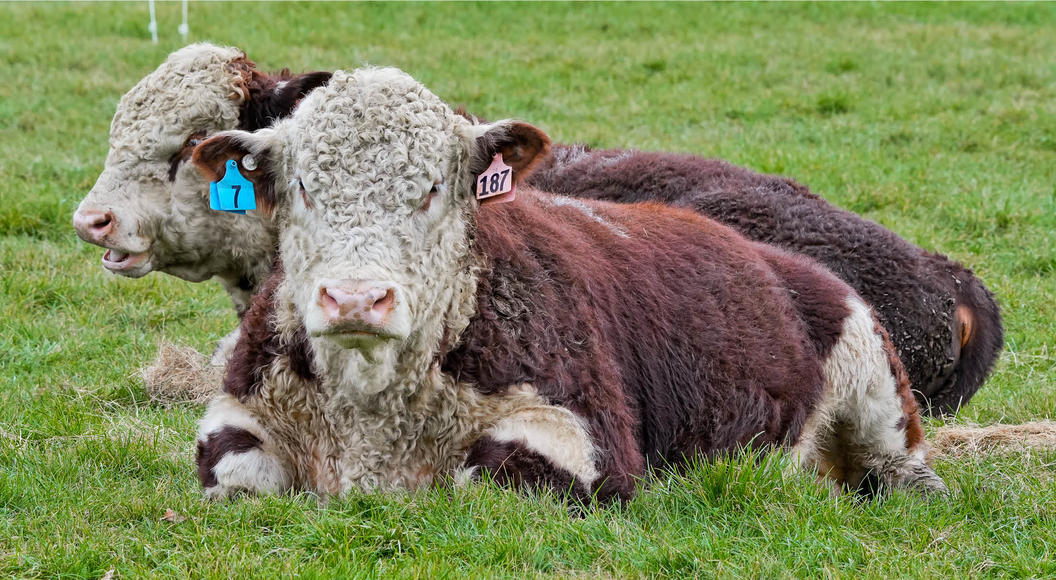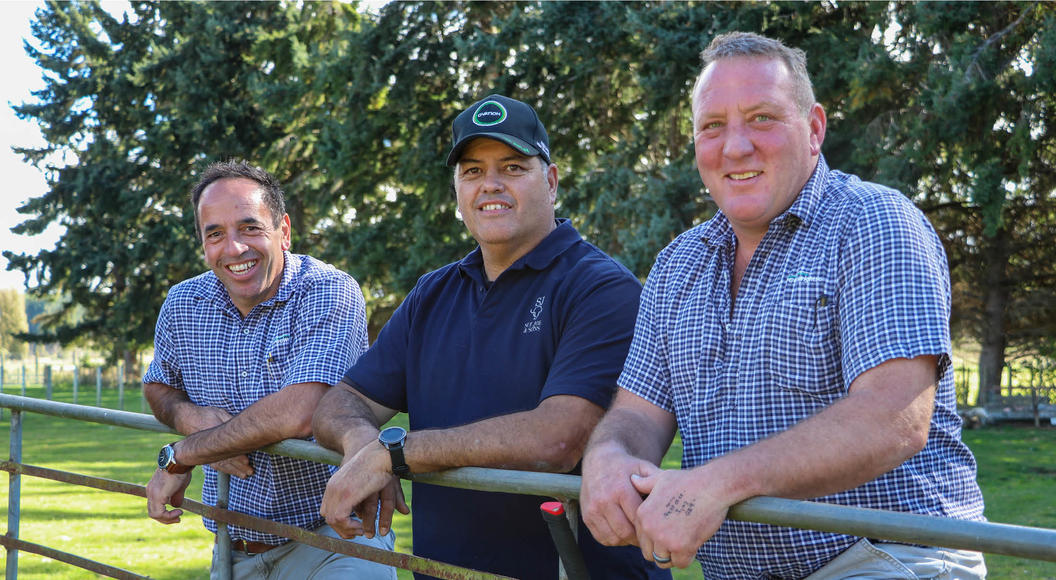
Favourable conditions and abundant feed keeping livestock markets upbeat
Good grass growth keeps trading options alive for North and South Island farmers.
Plenty of moisture across much of the country has kept trading options alive in most districts. Continued grass growth well into the summer is creating opportunities for North and South Island farmers, in turn stimulating livestock markets. While areas such as the Wairarapa and Canterbury are beginning to experience the dry, this is largely caused by hot winds, not outside the norm in these areas at this time of year.
In the North Island the dairy beef weaner market has been strong, with solid premiums paid for good weight, well bred, well reared calves. Ample feed coupled with affordability compared to the purchasing options for straight beef cattle assisted this market, rewarding rearers, though an overall shortfall of calves being reared remains a concern.
Likewise, abundant feed well into January is keeping the North Island store cattle market positive, although stock that would have normally been processed has been retained, leaving farmers to decide whether to send and replace at higher cost, or retain and ride the schedules. Some processors are therefore experiencing supply shortages.
In the South Island, although January is generally not a big month for store cattle, demand for traditional well-bred cows has been steady.
In most districts feed quality is having a positive impact on lamb condition, with those that got the wool off earlier faring better in this space.
With surplus feed in the paddock, North Island farmers are tending to hold back on sending lambs to market, hoping for a positive swing in values. While tallies traded are back on average, a higher percentage of lambs was docked. Fewer lambs coming to market has aided values.
In the South Island the quality of lambs has been outstanding. Lambs that have sold are among the best seen for several years. Early in the new year plenty of store lambs have been sold at on-farm lamb sales, which have been met with steady demand. Pricing has been back from recent years, due to reductions in lamb schedules.
Ewe volumes through North Island sales have been back. As with lambs, this has aided the saleyard and paddock market to levels slightly above what current schedules would indicate. While not impossible, good breeding ewes have been more difficult to source, and relative to market expectation, at many of the North Island’s ewe fairs these types have performed positively.


